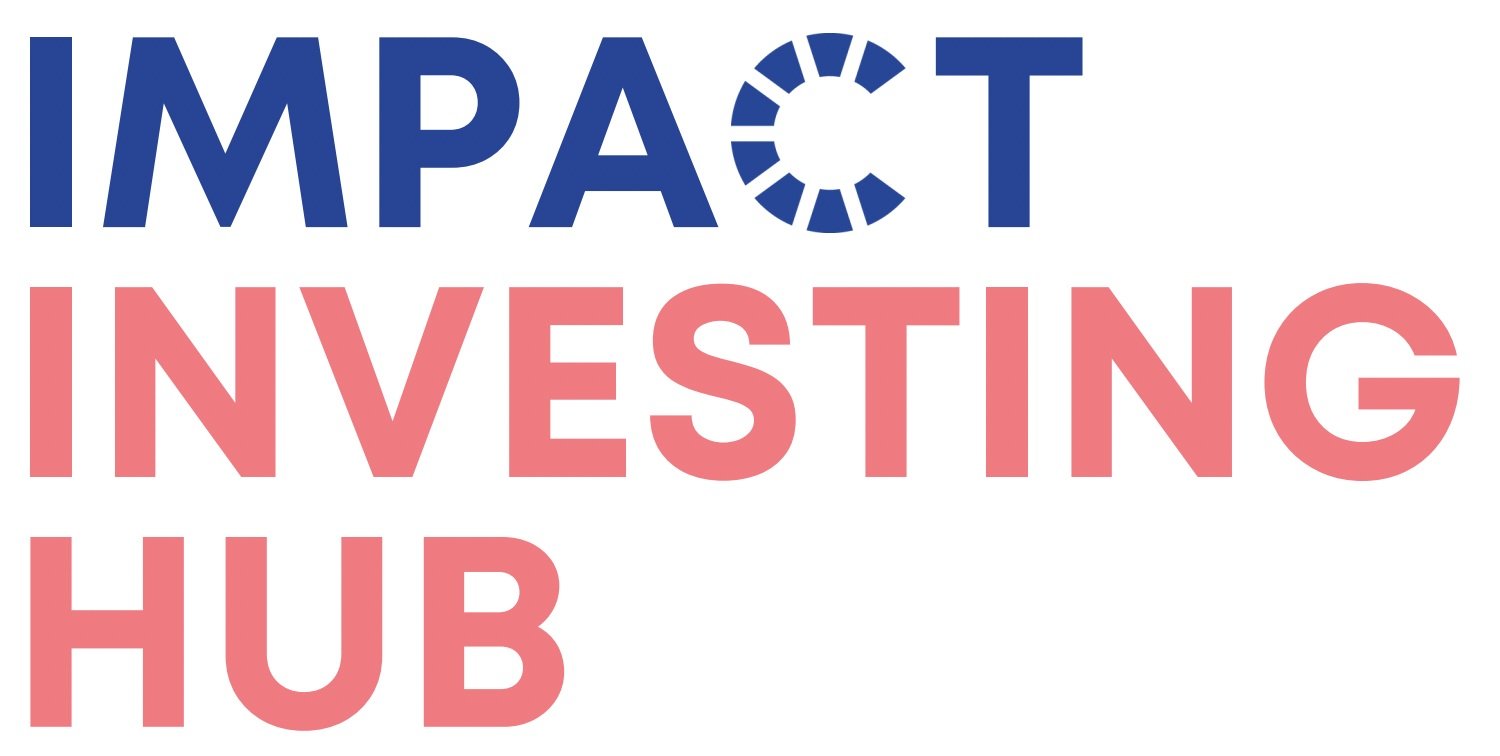Impact Investing: An Overview
New to the world of impact investing, or looking to brush up on your knowledge? Great, you’re in the right place. This article provides a 101 overview on impact investing, covering:
What impact investing is and why it is relevant;
An overview of impact investing internationally and in Australia;
Where to go for more information.
What is impact investing?
The Global Impact Investing Network (the GIIN) describe impact investments as ‘investments made with the intention of generating measurable social and environmental impact alongside financial return’. Impact investing has four core characteristics:
Investors intentionally contribute to positive social and environmental impact;
Investors use evidence and impact data in investment design;
Investors manage impact performance;
Investors contribute to the growth of impact investing.
Impact investing sits within a spectrum of investing approaches between philanthropy on one side (focused on impact only), through to traditional investments (that have a financial focus):
Impact investments can have a range of financial returns as well as impact returns. Some people classify impact investments according to the expected financial return as follows:
Finance-first Impact Investments: Investors intend to make environmental and/or social impacts with the expectation of an expected rate of financial return equal to or above the market rate.
Impact-first Impact Investments: Investors have the intention to make environmental and/or social impacts, regardless of whether the expected rate of financial return is below, equal to or above the market rate.
Why is impact investing relevant?
The IMF estimated the world economy exceeded USD $100 trillion at the end of 2022. Whilst growth continues to take centre stage for economies around the world, doing so at the cost of the environmental and societal issues is becoming less viable and acceptable. Impact investing has been seen as a useful tool to strike the balance of financial returns whilst generating positive outcomes. Whilst it is certainly not a silver bullet in itself, it is clear that businesses, governments and philanthropy are increasingly exploring how it can be used as a tool to help address some of the world’s most pressing challenges:
Source: Mercer, Impact Investing in 2022
Overview of Impact Investing Internationally
Latest insights from the Global Impact Investing Network have found that:
The impact investing industry remains diverse;
Impact investing has grown in depth and sophistication over time;
Impact measurement and management practices have matured, but opportunities for refinement remain;
Impact investors hold a positive outlook for the future despite headwinds.
In their latest impact investing report, the GIIN estimates global impact investing market to be in excess of USD $1 trillion and growing. In their 2021 report, they found that three in four impact investors are asset managers, with the majority for profit asset managers (68%). Development finance institutions (DFIs), diversified financial institutions, family offices, and foundations collectively comprise another 15% of the sample:
In terms of allocations by asset classes, the largest sector is energy, comprising 16% of Assets Under Management (AUM), followed by financial services (excluding microfinance), with 12% of AUM. Food & agriculture, which accounts for 9% of sample AUM (excluding outliers), is the most popular sector, with 57% of respondents having some allocation.
Overview of Impact Investing in Australia
In Australia, while the impact market is still relatively small, it is forecast to grow exponentially to around $500 billion by 2025, from the $30 billion recorded at the end of 2021 according to Responsible Investment Association Australasia (RIAA) data. Despite this growth, the Social Impact Investing Taskforce has reported the market is still seen as a ‘cottage industry’ and the Australian Government needs to play a critical role, akin to what has been seen in the UK to grow the sector.
Environment focused SDGs continue to be popular investment themes for Australian impact investors, which is unsurprising given the extreme weather events in Australia over the past two to three years. More investors in Australia are focusing on investments that contribute to better environmental outcomes, such as renewable energy projects, sustainable agriculture, and water infrastructure. This trend looks set. to continue in 2023, particular with the Commonwealth Government’s renewed focus on net zero commitments.
You can learn more about impact investing trends for Australia in our article ‘Australian Impact Investing in 2023’.
Where to get more information
Hopefully this article has given you a high-level overview of impact investing and some of the key trends in the global and Australian markets.
You can learn more about impact investing by accessing our impact investing education playbook or if you are a charitable trust or foundation, you might be interested in our Impact Investing Field Guide for charitable trusts and foundations.
Other useful resources include:




